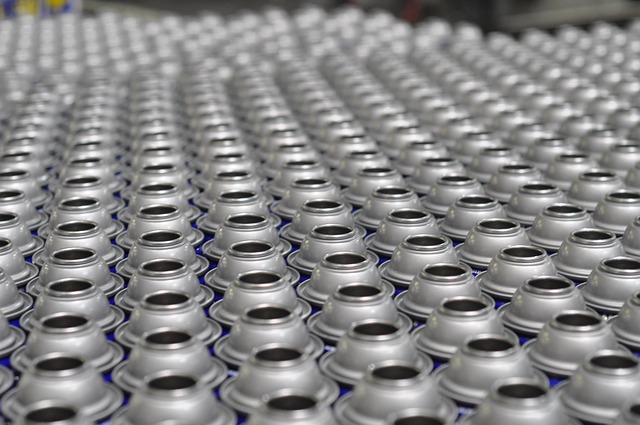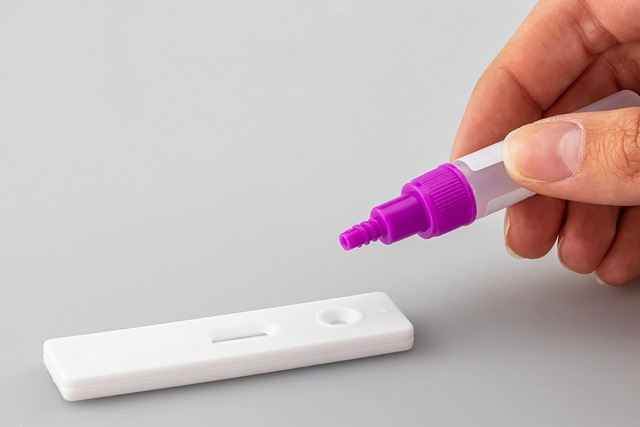The manufacturing industry has always been a cornerstone of economic development, and at its heart is the concept of assembly line automation. Over the years, this sector has undergone profound transformations, especially with the advent of
robotics and artificial intelligence. These technologies are not only enhancing efficiency but are also redefining how businesses approach production, leading to a new era of automated operations that resonate with the need for control and precision.
Imagine walking into a factory where robotic arms move with unparalleled accuracy, seamlessly assembling products at a speed that humans could hardly dream of matching. This is not merely a vision of the future, but a reality being harnessed today. Robotics has made it possible to streamline processes, reduce human error, and ultimately save time and resources. With these automated systems in place, manufacturers can maintain a consistent quality of production, achieving greater control over their output.
But robotics is only part of the equation. Enter artificial intelligence. When integrated into assembly line automation, AI brings an element of adaptability that was previously unattainable. Imagine machines that not only execute tasks but learn from their environment and improve their processes over time. AI algorithms can analyze production data and predict potential bottlenecks before they occur, allowing for real-time adjustments. This level of foresight provides manufacturers with an unprecedented grip on the rhythm of their operations, ensuring that every component of the assembly line operates in harmony.
Furthermore, the push towards automation in business stems from a desire for strategic control and agility. In a market where consumer preferences can shift overnight, businesses must be responsive and adaptable. Automation leverages robotics and AI to create a flexible production environment, enabling quick modifications to assembly lines in response to new demands. This transformative approach not only enhances efficiency but also positions companies to thrive in a competitive landscape.
As we delve deeper into the world of assembly line automation, it becomes evident that we are on the brink of a manufacturing revolution. The synergy between robotics and artificial intelligence is unlocking new potentials, fostering an atmosphere where control over production, quality, and cost management are no longer aspirations but achievable realities.
For businesses ready to embrace this change, the benefits are clear. By adopting advanced automation technologies, they can not only improve their operational effectiveness but also enhance their overall competitive edge. The journey into this automated future is not just about keeping pace with industry standards; it’s about leading the way towards a smarter, more efficient world of production.




